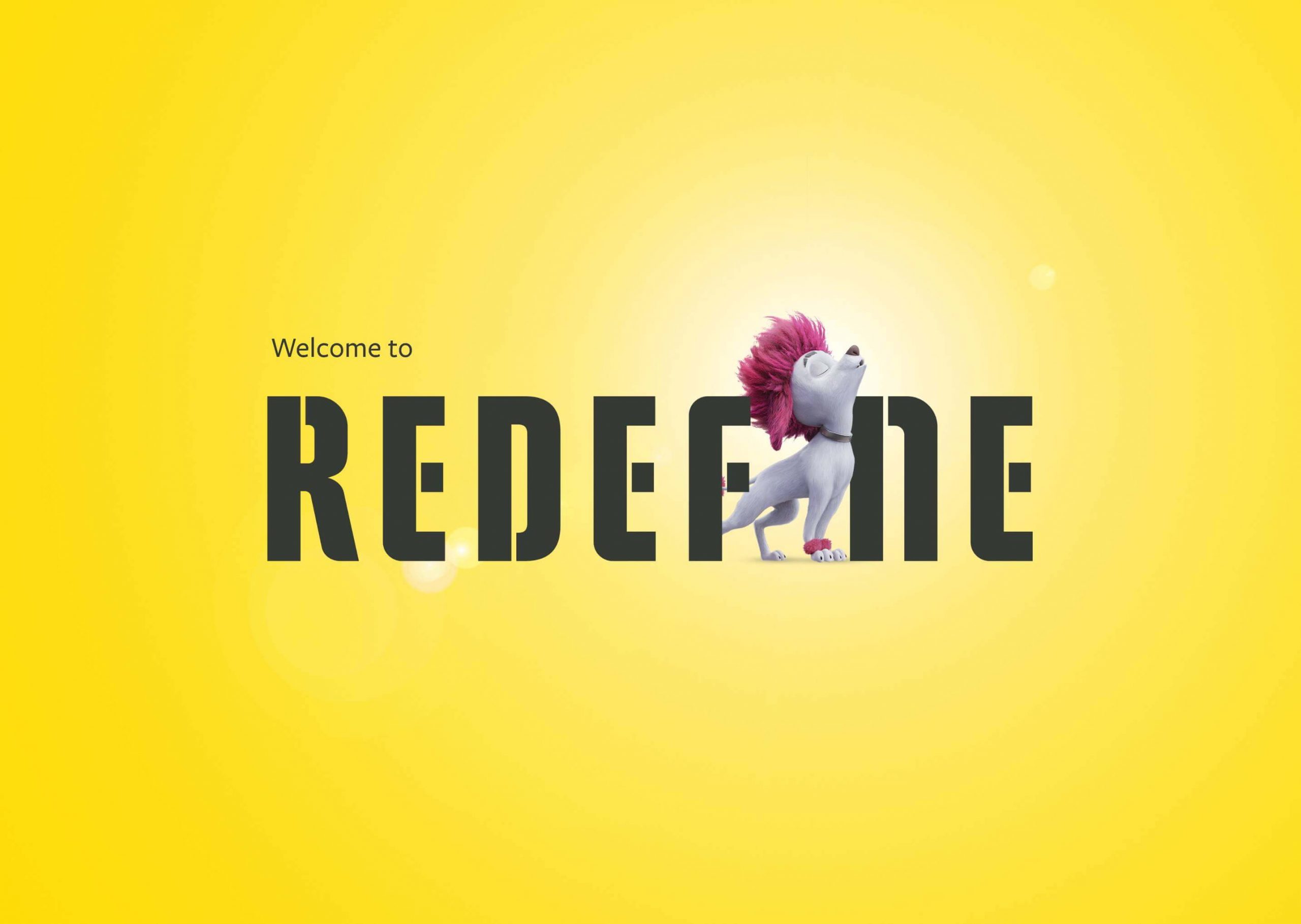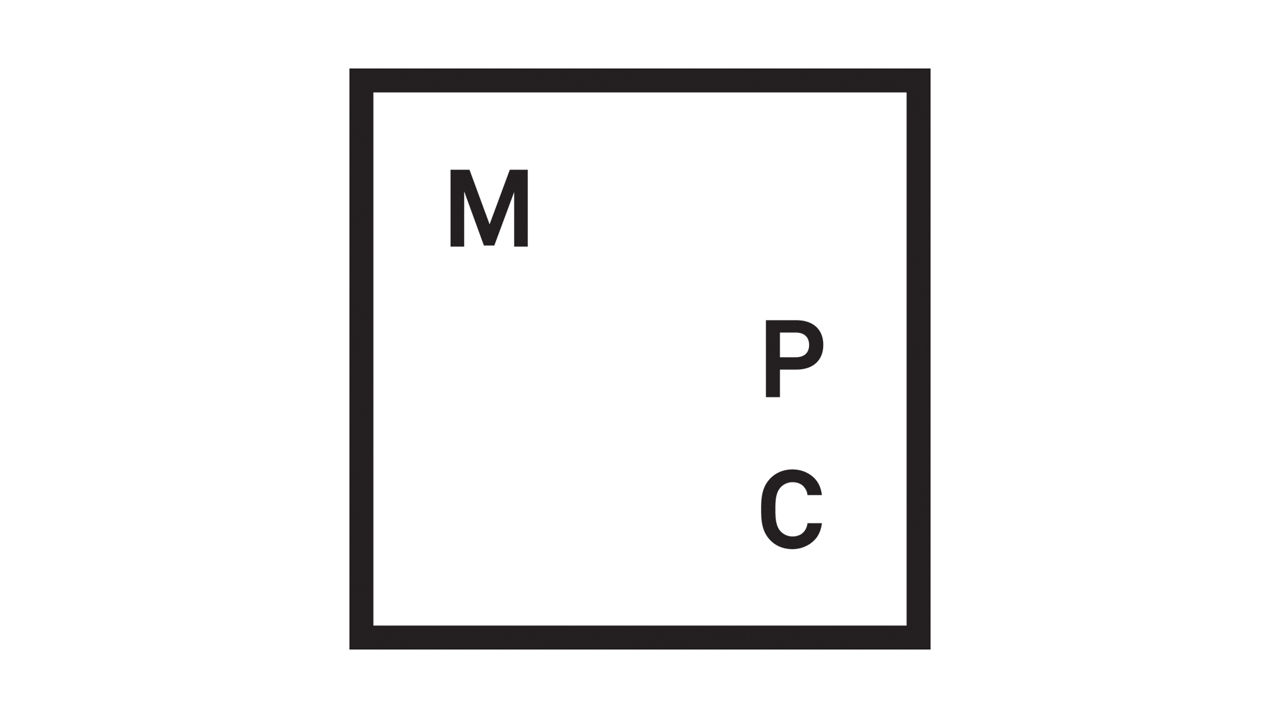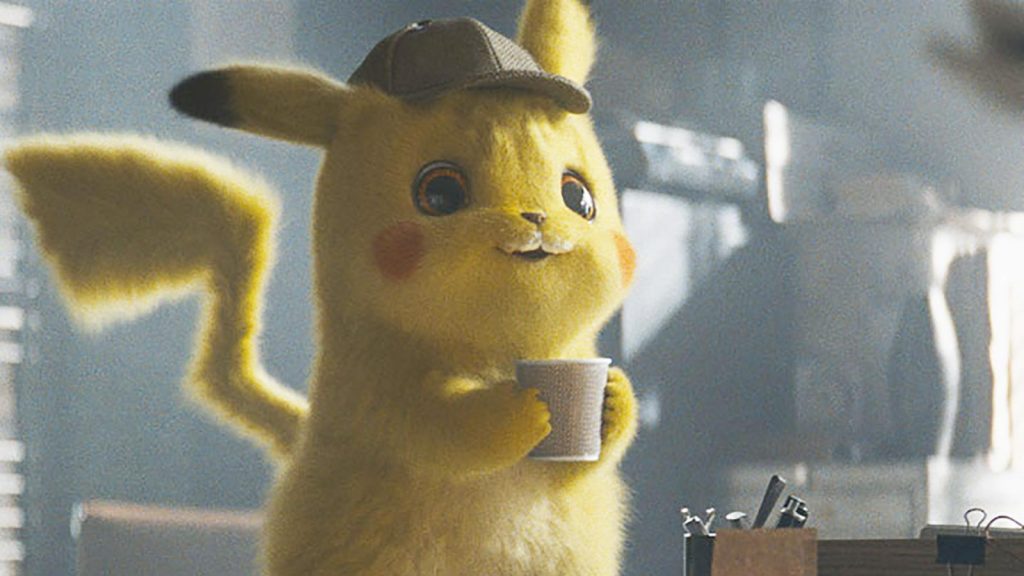Mythical or real, we love creatures in cinema. They’re adorable, squidgy and funny; and they manage to stir the deepest fibres of our hearts. Thanks to the VFX industry, their sleight of hands or shall I say upgraded technology combined with superb artistry becomes the force behind those on-screen fluffy googly-eyed creatures that you just can’t wait to hold.
Digital or real; beasts are tough to tame and for a variety reasons. For one, they could wild and feral but the digital ones pose a whole new set of challenges that artists have been trying to overcome for quite some time.
Be it Pikachu, Sonic, Polar Bears, Wolves, Paddington bear, Winnie the Pooh; we just can’t resist the impulse to ruffle their hair. The thousand intricacies worked upon by thousands of artists beavering away at screens are what weave them together and bring them to life. But one aspect that adds to the realism the most is CG Fur and Hair.

From the flow of the mane, hair count, quality of hair, hues, reflectiveness, clumping, parting and simulation; they are all enmeshed which contributes to how the fur looks. If you alter one, it has a domino effect on the other aspects. So how do they do it? Each hair flowing in the right direction, interacting with the bodies, lit up under natural lights, in all its hues and complexities and layers; making them indistinguishable from their real-life counterparts.
Over the past decade or so, the industry has been seeing more and more CGI fur as there has been a lot of improvement in technology. The tools used to design the style of the fur, as well as the shading algorithms for the look of the hair, have advanced over the years.
SIGGRAPH 2020, world’s largest festival where leading studios converge to showcase technological breakthroughs that allow them to make compelling images on screen.
Here are the proprietary tools that leading studios leverage to depict photorealistic fur and hair:-

Redefine:- Alongside their colleagues at DNEG, ReDefine will be contributing to a session titled ‘Hair & Fur in an Evolving Pipeline’, presented by ReDefine CG Supervisor François Schneider and DNEG Creature Supervisor Adam Vanner at SIGGRAPH2020.
DNEG’s in-house fur software, Furball, has been in use since 2012 and has undergone significant evolution to adapt to the changing needs of productions since then. In the session, Adam will discuss how the software has evolved, including its recent use at DNEG on films such as ‘Avengers: Endgame’ and ‘Togo’, before handing over to François for an overview of how ReDefine adapted the use of the tool on animated feature ‘100% Wolf’ – including the complexities of creating 51 different furry characters for the movie.
 Framestore: Framestore’s Fibre is not a hair or fur system per se but rather a dynamics solver. It is the software that makes hair and fur move realistically when it needs to interact with things such as water, wind, clothes and other characters.
Framestore: Framestore’s Fibre is not a hair or fur system per se but rather a dynamics solver. It is the software that makes hair and fur move realistically when it needs to interact with things such as water, wind, clothes and other characters.
At the virtual SIGGRAPH 2020 event, Framestore will expound on its dynamics solver Fibre. This is a tool that the studio used to help craft its fur, hair and feature simulations in projects like Pokémon: Detective Pikachu, Lady and the Tramp, Timmy Failure: Mistakes Were Made and His Dark Materials.

MPC :- Furtility is MPC’s technology for creating photorealistic hair, fur, feathers, vegetation, and other fibres like clothing and ropes. The first version was written in 2005 for 10,000 BC and was fully re-written for The Chronicles of Narnia: Prince Caspian in 2006. It has since been used on most of our film and advertising work, and remains one of our key technologies for creating our visual effects. Furtility is a procedural tool, sampling the character’s mesh and growing fur at each sample on-demand. This is done by applying a sequence of GOPs (Geometry Operators) to curve geometry spawned at each sample location.
Although a groom is built using a large number of nodes connected in a graph, the artists are presented with a simple yet powerful interface where they can layer the deformation of the fur using GOPs that add shape or shading properties to the fur, like length, direction, comb, color etc. This allows the artists to give the fur its desired characteristics, including curls, clumps and frizz. The Mesh Style GOP, first created for The Chronicles of Narnia: Prince Caspian, allows artists to control the overall shape of the groom from a sparse set of manually groomed guide curves.

Weta Digital –Wig/ Barbershop is the software where artists can use familiar grooming tools – brushes, combs, scissors, blow-dryers – as well as purely digital tools such as bending, clumping, and frizzing. The average human head has over 100,000 hairs, and Wig lets the artists edit every single one directly. None of the hair is simulated; it’s all directly controlled by the artist. Once the groom is done, Wig lets them render the hair in full detail. The most remarkable aspect of Barbershop is not that the images look great when they are rendered, although without a doubt they do, it is that the software written by the team at Weta Digital does exactly what the artist wants when they are sculpting and designing a character’s hair, when that same character appears on the screen. This may seem like something that would not have caught the Academy’s attention but for all the apparent simplicity of this basic concept, the program has to do some very clever work so an artist can directly manipulate literally every single wet hair on a Caesar as well as when he is standing looking down on San Francisco – Caesar looks the same down to the individual hair.
